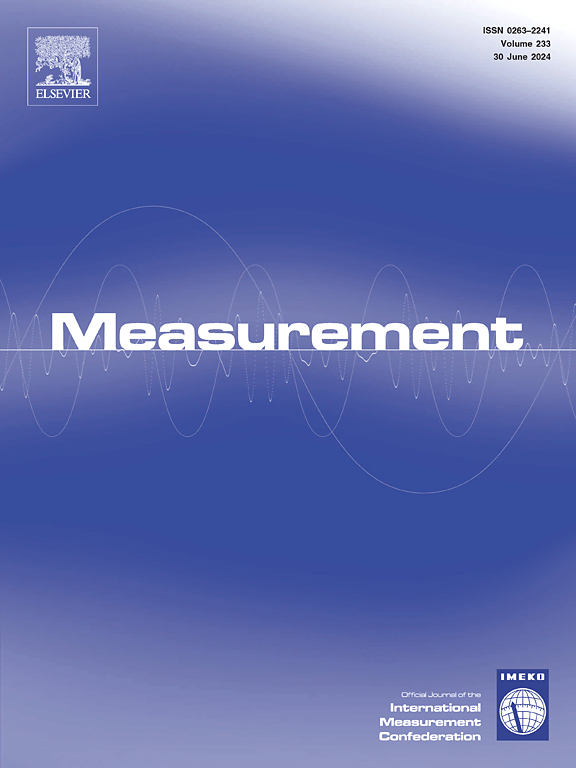Measurement of loess damage under the combination of freeze-thaw cycles and earthquakes using electrical resistivity tests
IF 5.2
2区 工程技术
Q1 ENGINEERING, MULTIDISCIPLINARY
引用次数: 0
Abstract
Electrical resistivity tests can potentially be applied in loess damage testing under combined freeze–thaw cycle (FTC) and earthquake conditions, which is crucial for preventing and controlling loess landslides. However, two challenges involving loess electrical resistivity measurements and damage characterization should be addressed. To achieve loess spatial resistivity measurements in extreme environments with low-uncertainty, a novel, multichannel, four-point method utilizing flexible electrodes is proposed. For loess damage characterization, a novel fusion algorithm is developed that integrates the electrical conductivity model with a data-driven process to eliminate the influence of moisture content and temperature on resistivity. To validate this approach, loess resistivity tests and damage characterizations were conducted using a combination of FTCs and earthquakes. The results indicate that the proposed method addresses the challenge of continuous measurement, ensuring that the discrepancy between the calculated and CT test results remains within an acceptable range, where the relative error ranged from 0 to 0.15. In addition, in the top and bottom areas, where considerable soil moisture exists, the calculation error associated with the previous empirical model was reduced considerably, with the relative error primarily ranging from 0.04 to 0.44.
求助全文
约1分钟内获得全文
求助全文
来源期刊

Measurement
工程技术-工程:综合
CiteScore
10.20
自引率
12.50%
发文量
1589
审稿时长
12.1 months
期刊介绍:
Contributions are invited on novel achievements in all fields of measurement and instrumentation science and technology. Authors are encouraged to submit novel material, whose ultimate goal is an advancement in the state of the art of: measurement and metrology fundamentals, sensors, measurement instruments, measurement and estimation techniques, measurement data processing and fusion algorithms, evaluation procedures and methodologies for plants and industrial processes, performance analysis of systems, processes and algorithms, mathematical models for measurement-oriented purposes, distributed measurement systems in a connected world.
 求助内容:
求助内容: 应助结果提醒方式:
应助结果提醒方式:


